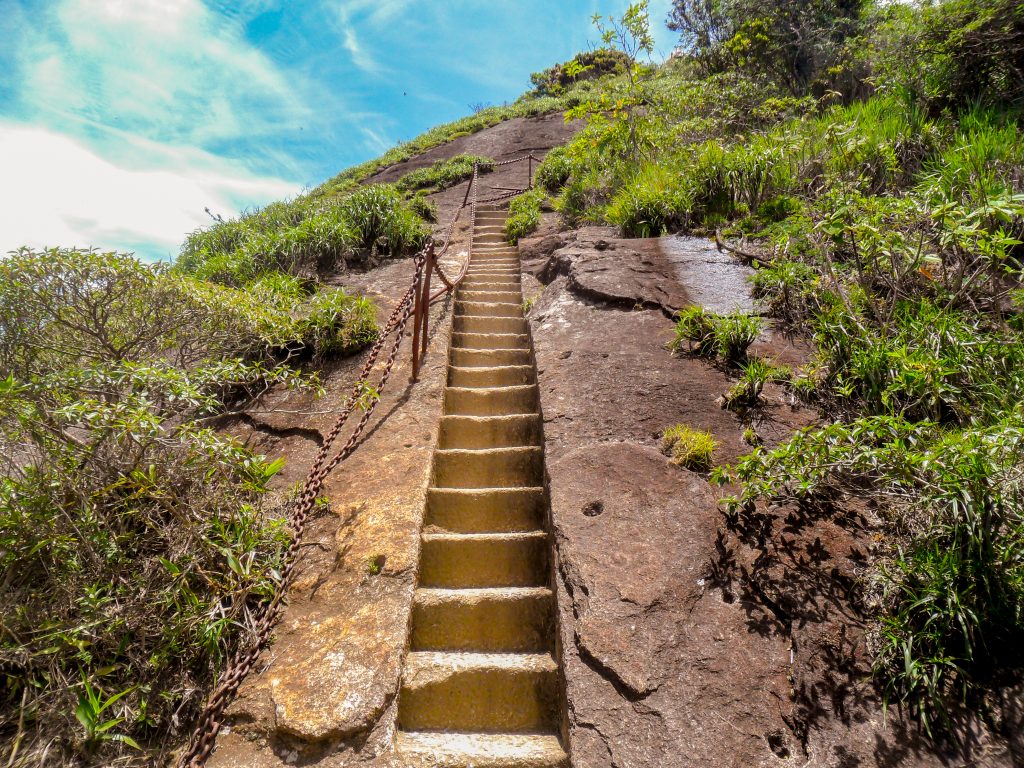One of the most famous areas in Rio de Janeiro is Tijuca National Park. This park measures 759 hectares. As the name suggests, it is situated around the flows of the two rivers that emerge from the Ipanema and the Codao basins. Tijuca is located south of the Marque de central Osa-Cascais belt, east of the soybean fields of Osa that borders the coastal Strip of Brazil, and north of the Campo Grande luneta.
The main activities in the park are hiking, birdwatching, camping, river rafting, boating, fishing, and field studies. Several research projects are also done here. One of which is the study of the responses of the plants in the park to climatic conditions. Climatic conditions in this case refers to regional weather conditions.
Birds are probably the most numerous species in the park. Some of them resident in the park include parrots, parakeets, toucans, and deltaicans. There are also martins, which are resident in the Mar / Marque de proprio Alves from where you can see them at a much higher altitude.
Around the Marque de proprio Alves there are many walkways that lead to Tijuca and other lookout points. Walkers can see the Codicella and the Isla de las Nagas / Los cocosIslas. There are some shorter paths that lead to the top of the hills providing magnificent views of the estuary and the Saltafincha saltpan. A short walk from the Marque deroprio bus stop is the Lunkerstrasse walkway. It follows a path around the Marque derossa waterfall. As well as the waterfall, there is a small suspension bridge roaming the Tijuca bedrock above the Homerosas Salt Flats. It is possible to continue the walk to Alcazaba Falls but this would be a very strenuous day.
The Lunkerstrasse walkway starts directly opposite to the Lunkerstrasse tunnel entrance and is a much easier route to take. It also forms a good start to the larger tunnel trip. As you pass the main entrance to the Lunkerstrasse National Park you soon enter a viewing area on the right. By turn you head to the left down a path along a stone wall and there are quite a few path labels on the wall. The path makes a quick ascent out of the valley and over the rocks to Leysian Peak which is a further 4km walk away.
The far side of the mountain watch tower is the real treat however as you can see the Pantanal on both sides of the mountain and the neighboring chasms. Moreover there are a number of hidden river mouths and interesting little bandas which feed the streams above the peak that create fantastic cascades. The main footpath leads from the observation point in the opposite direction. It makes a circuit through the upper plateau and ends at Ordesa. Diversions here include the Lesser Key and Lesserdry Rivers, diversion routes for the fun backwaters and the pleasure cruises on the Bugaba River.
The Bugaba River tour is the last tour on the Bactrian camel back. It covers 14km of the Bugabata River but the canal only extends to 6km as such is not the same as theexploratory canalback. Furthermore the starting point is not in the park but in a residential area. The canal is not paved but graveled and leads to a forest. It drops down ravines and crosses streams with its days-old log cabins and water is not continuous but covered by a motorbike taxi. After the soak-and-dock at the commissary you cross into a residential area of the neighborhood where you meet local people and have tea or coffee.
As you tour the area you will often be approached by folks from the mountain village. They offer a variety of Markets, Farms and Restaurants but most importantly Tijuca Restaurant and the Criollo Restaurant in the Tanque Verde area. These two restaurants have combined to create a menu that is American, Indian, Chinese, French, Italian, etc.).The Criollo Restaurant in particular is a very tasty Restaurant, generally closed on weekends, located in a very nice neighborhood and right next to the water.
Since the market downtown is so small you will often be approached by folks to buy fresh produce. The price of the produce is not very expensive although you should be prepared to pay for the freshness of the produce. The produce is shipped all the way to the city where it is sold.
You can also go to the Plaza del Mercat, Mercat Argentina foremost. This is the peak of the market day. On the opposite bank from the plaza there is a small square and a museum.
